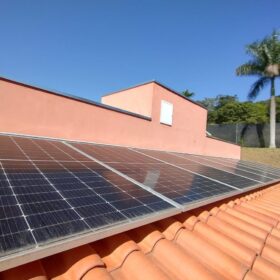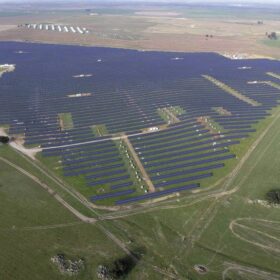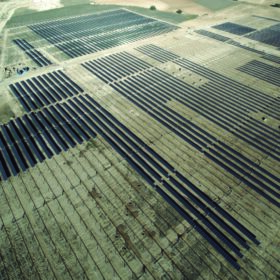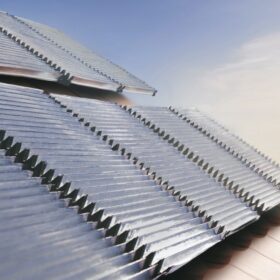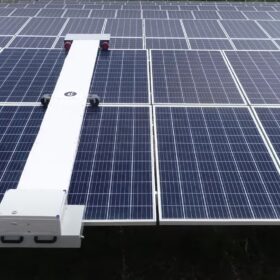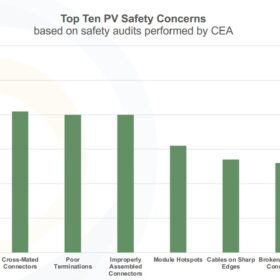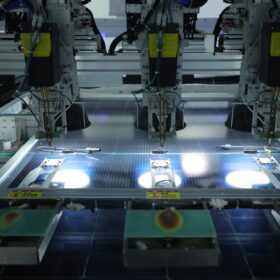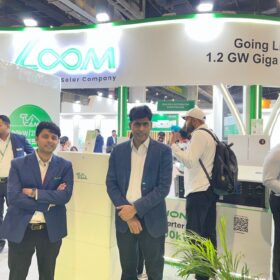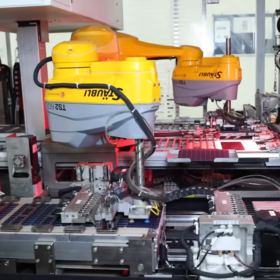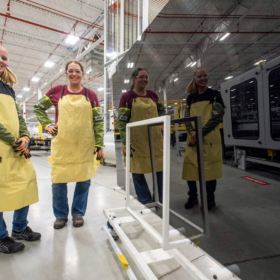Brazil added 4.2 GW of distributed solar in H1
Brazil’s distributed PV systems, including installations up to 5 MW in size, have surpassed 22 GW of cumulative capacity. By the end of June, more than 2 million arrays had been deployed nationwide.
Conquering change: Artificial Intelligence and how to be future ready
The rise of Artificial Intelligence (AI) technologies presents a big opportunity for the energy industry. AI and the language of the input query provide us with a powerful tool against incorrect information.
World Bank lends $200 million to increase renewable energy penetration in Himachal Pradesh
The World Bank loan will help Himachal Pradesh strengthen its power grid, enhance the share of renewable energy (RE) in its power mix, and diversify RE resources further.
Portugal aims to install 20.4 GW of solar by 2030
The Portuguese government has raised its 2030 solar target by 11.4 GW. It now hopes to cover 85% of its electricity mix with renewables by the end of the decade.
World Bank approves $1.5 billion to support India’s low-carbon transition
The World Bank has approved $1.5 billion in financing to accelerate India’s development of low-carbon energy. The financing will help India scale up renewable energy, develop green hydrogen, and stimulate climate finance for low-carbon energy investments.
Spain targeting 56 GW of new solar by 2030 under new energy strategy
The Spanish government says it aims to deploy 76 GW of cumulative PV capacity and 22 GW of storage by the end of this decade. The old version of the national energy strategy had set a PV target of 39 GW.
Solar-driven photoreactors to generate hydrogen on rooftops
Scientists led by the Karlsruhe Institute of Technology have designed panel-like photoreactors relying on a water-splitting photocatalyst that could produce hydrogen on rooftops or dedicated solar farms. They claim the photoreactors have high economic potential because of their ‘extremely’ low costs.
India’s Sleepwalkers unveils dry-cleaning robotic device for solar panels
Sleepwalkers has introduced an automated robotic device for solar panel cleaning that doesn’t require an additional rail system as it can move on the aluminum frame of the panels.
Flywheel mechanical battery with 32 kWh of storage in Australia
Key Energy has installed a three-phase flywheel energy storage system at a residence east of Perth, Western Australia. The 8 kW/32 kWh system was installed over two days in an above-ground enclosure, dramatically cutting the time needed to install the flywheel system.
CEA identifies major safety concerns in 97% of audited rooftop PV systems
Clean Energy Associates (CEA) has performed a safety audit on more than 600 rooftop PV systems and has found that 97% of installations have major safety concerns. It says that 49% of sites have grounding issues, 47% have damaged modules, and 41% have cross-mated connectors.
